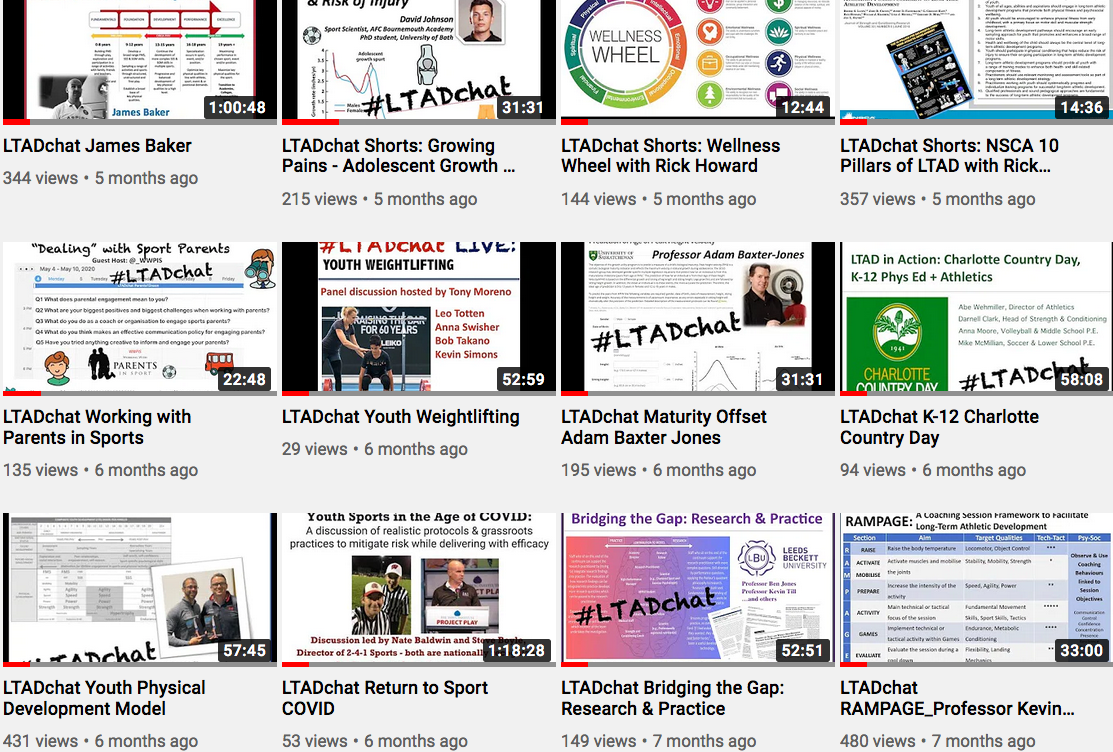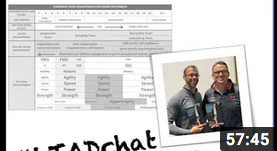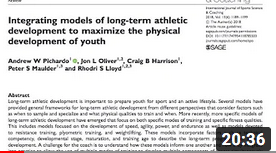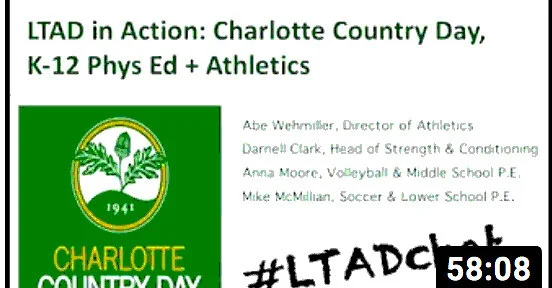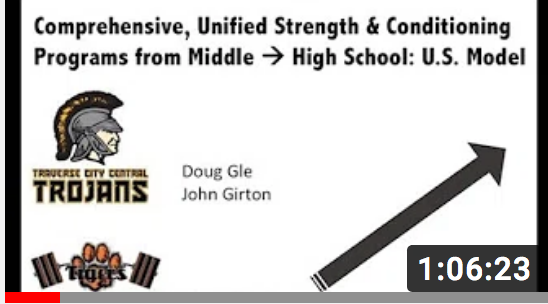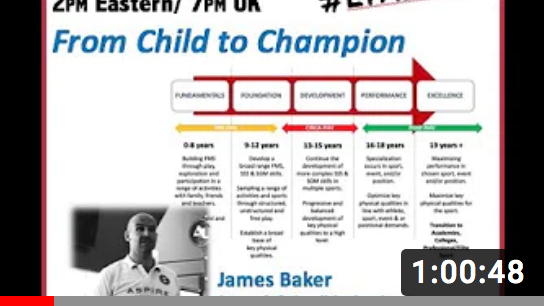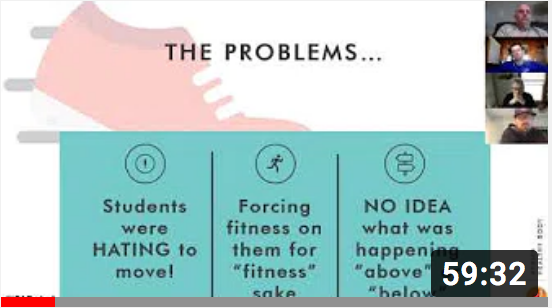#LTADchat: The First 25 Episodes
2020, the 20th year of the 21st century. The 2,020th year of the Common Era.
Heck, let’s call it what it is - the year of COVID. And the year of virtual meet ups, which in turn led to the conversion of the Twitter #LTADchat to a live or pre-recorded Zoomcast – inspired by the LTAD Playground.
Similar to the online Twitter chats, where questions are posed on a specific topic (e.g., Fundamental Movement Skills, Plyometrics, etc.) and followers respond and interact, we wanted to bring this shared conversation more life.
We started off with asking What is LTAD and how do you sell it and create buy in with community, school and club stakeholders? There still remains a bit of confusion and/or varying views on what LTAD is and what it isn’t; thus, I also posed this question again to my colleagues Drs. Tony Moreno and Rick Howard in the concluding episode of 2020 - State of LTAD 2020.
A real purpose of this forum is to create an A-to-Z library with a table of contents for those interested in developing and implementing LTAD programs within their communities, organizations, schools and/or clubs. Along the way, we will curate the story as done here.
Start Here: The Foundations of LTAD
Besides the first episode (What is LTAD), I would recommend starting with the following bedrocks that outline the NSCA 10 Pillars of LTAD and the Youth Physical Development Model. To expand on these models, Andrew Pichardo also shares insights on his paper Integrating LTAD models.
Research into Practice
Some are critical of LTAD being too “academic”. To help Bridge the Gap between Science and Practice, Professors Ben Jones and Kevin Till along other staff from the Carnegie Adolescent Rugby Research group discuss their applied research model. In addition, Dr. Todd Bartee, a professor of physical activity and public health, lends insight into Implementation – the process of putting a plan into effect; execution. That is what this is all about – isn’t it?!
Implementation: Use Cases & Bright Spots
Speaking of implementation, we will always strive to shine the spotlight on model programs that can provide some fodder or a template for others. Let’s start at the macro-level in the United States, the USOPC American Development Model. Key staff provide an overview of the US Olympic & Paralympic Committee and the National Governing Bodies; the American Development Model (ADM); why there are different models across NGBs?; and the implementation of ADM across sectors (youth sports, community rec, phys ed). From here, two sport-specific examples are provided with football and weightlifting.
The following set of five episodes also provide great insight within the school and academy setting. Personally, these are among my favorites.
Planning a training session
And for those looking to learn what can be planned and delivered and when within a single practice or training session look no further than this 30-minute tutorial of RAMPAGE (Raise, Activate, Mobilise, Prepare, Activity, Games, Evaluate). From the dynamic warm-up to skills and drills and small-sided games to the post-session debriefing, Professor Kevin Till lays out how to deliver a quality practice and training session that touches all aspects of athlete development – technical, tactical, physical, and psycho-social development.
Wellness & Psycho-social Development
In terms of holistic athlete development, Pillar 5 of the NSCA Position Statement on LTAD states that the central tenet of LTAD should be the health and well-being of individuals. Rick Howard likes to present this idea using the Wellness Wheel. Remember, if one side of the wheel is flat, it doesn’t work so well. And along similar lines, we often focus so much on the physical development of youth that we pay lip service to the psycho-social development of young people. At the 37 minute mark of the episode, Developing the Whole Person: Lessons from Football, legendary high school football coach Mike Kirschner delivers the juice with his gift of developing the psycho-social, leadership/followership, and character of young people. This may be the most powerful clip from #LTADchat!
Growth, Maturation, Injury, and Training Load
Children are not miniature adults! How do they grow and mature and how can we assess it? Very thankful for Professor Adam Baxter-Jones for providing a tutorial on these questions in this LTADchat, while David Johnson discussed the role of the adolescent growth spurt on injury and a panel of experts shed light on the assessment and application of Training Load in young athletes.
The topic of Sports Nutrition is also considered to support normal growth, maturation, health and performance, with a special focus on Appropriate Weight Gain in High School Football. An upcoming episode will focus on sports nutrition and the female athlete, which will be woven into a series on the Female Athlete on the tail end of an excellent panel discussion this past spring on Coaching the Youth & Teen Female.
Working with Parents in Sports
And finally, how do we deal (err, work) with parents? Gordan MacLelland addresses the following questions when Working with Parents in Sports: Q1 What does parental engagement mean to you? Q2 What are the biggest positives and biggest challenges when working with parents? Q3 What do you do as a coach or organisation to engage sports parents? Q4 What do you think makes an effective communication policy for engaging parents? Q5 Have you tried anything creative to inform and engage your parents?
Return to Sport COVID and Where to Next?
And of course, what would 2020 be without a special episode devoted to brainstorming about potential ways to return to sport safely in the midst of the COVID pandemic.
I want to close this blog out with the final episode State of LTAD 2020, as Tony and Rick always provide great insight into where we are and where we need to go to fully realize the development and implementation of best practices in youth athletic development, youth sports, physical literacy, etc. We really don’t care what we call it – we just want to see it done!


